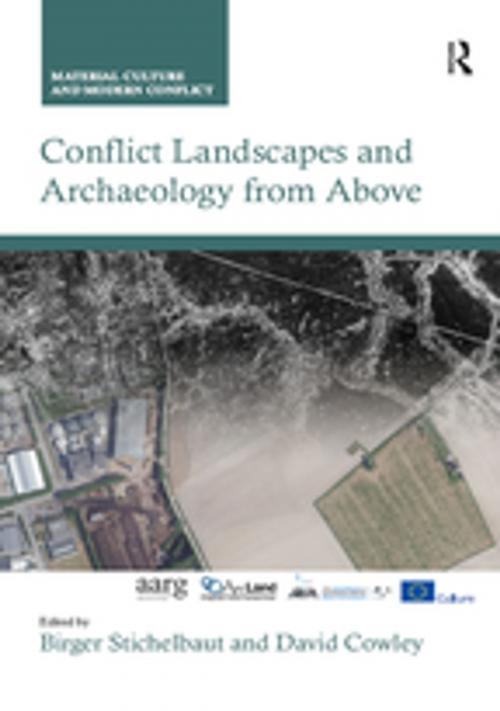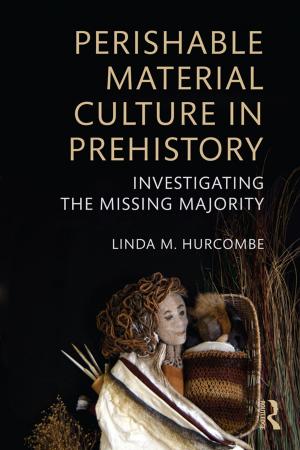Conflict Landscapes and Archaeology from Above
Nonfiction, Social & Cultural Studies, Social Science, Archaeology, History, Modern, 20th Century| Author: | ISBN: | 9781351949699 | |
| Publisher: | Taylor and Francis | Publication: | December 5, 2016 |
| Imprint: | Routledge | Language: | English |
| Author: | |
| ISBN: | 9781351949699 |
| Publisher: | Taylor and Francis |
| Publication: | December 5, 2016 |
| Imprint: | Routledge |
| Language: | English |
The study of conflict archaeology has developed rapidly over the last decade, fuelled in equal measure by technological advances and creative analytical frameworks. Nowhere is this truer than in the inter-disciplinary fields of archaeological practice that combine traditional sources such as historical photographs and maps with 3D digital topographic data from Airborne Laser Scanning (ALS) and large scale geophysical prospection. For twentieth-century conflict landscapes and their surviving archaeological remains, these developments have encouraged a shift from a site oriented approach towards landscape-scaled research. This volume brings together an wide range of perspectives, setting traditional approaches that draw on historical and contemporary aerial photographs alongside cutting-edge prospection techniques, cross-disciplinary analyses and innovative methods of presenting this material to audiences. Essays from a range of disciplines (archaeology, history, geography, heritage and museum studies) studying conflict landscapes across the globe throughout the twentieth century, all draw on aerial and landscape perspectives to past conflicts and their legacy and the complex issues for heritage management. Organized in four parts, the first three sections take a broadly chronological approach, exploring the use of aerial evidence to expand our understanding of the two World Wars and the Cold War. The final section explores ways that the aerial perspective can be utilized to represent historical landscapes to a wide audience. With case studies ranging from the Western Front to the Cold War, Ireland to Russia, this volume demonstrates how an aerial perspective can both support and challenge traditional archaeological and historical analysis, providing an innovative new means of engaging with the material culture of conflict and commemoration.
The study of conflict archaeology has developed rapidly over the last decade, fuelled in equal measure by technological advances and creative analytical frameworks. Nowhere is this truer than in the inter-disciplinary fields of archaeological practice that combine traditional sources such as historical photographs and maps with 3D digital topographic data from Airborne Laser Scanning (ALS) and large scale geophysical prospection. For twentieth-century conflict landscapes and their surviving archaeological remains, these developments have encouraged a shift from a site oriented approach towards landscape-scaled research. This volume brings together an wide range of perspectives, setting traditional approaches that draw on historical and contemporary aerial photographs alongside cutting-edge prospection techniques, cross-disciplinary analyses and innovative methods of presenting this material to audiences. Essays from a range of disciplines (archaeology, history, geography, heritage and museum studies) studying conflict landscapes across the globe throughout the twentieth century, all draw on aerial and landscape perspectives to past conflicts and their legacy and the complex issues for heritage management. Organized in four parts, the first three sections take a broadly chronological approach, exploring the use of aerial evidence to expand our understanding of the two World Wars and the Cold War. The final section explores ways that the aerial perspective can be utilized to represent historical landscapes to a wide audience. With case studies ranging from the Western Front to the Cold War, Ireland to Russia, this volume demonstrates how an aerial perspective can both support and challenge traditional archaeological and historical analysis, providing an innovative new means of engaging with the material culture of conflict and commemoration.















